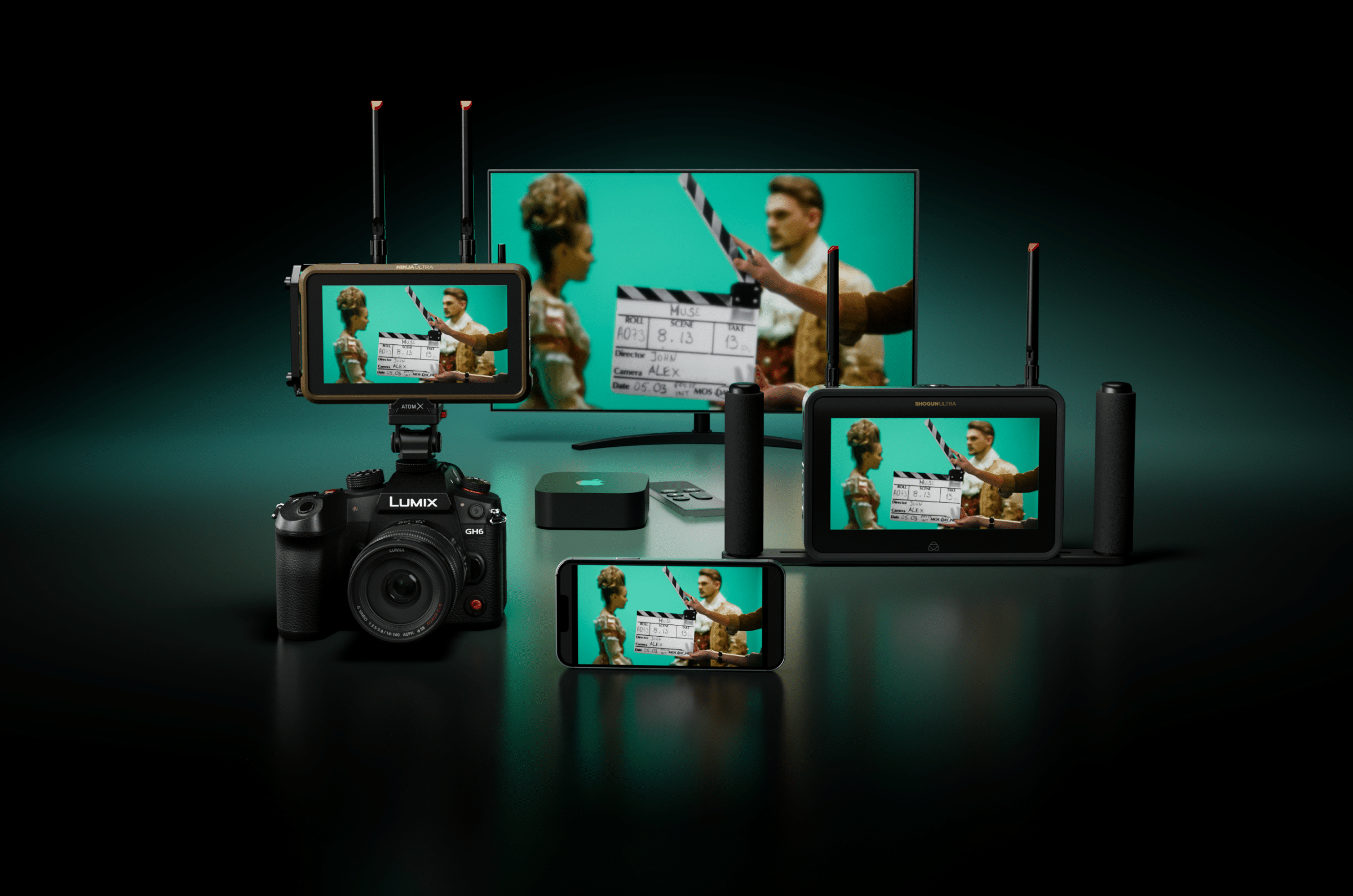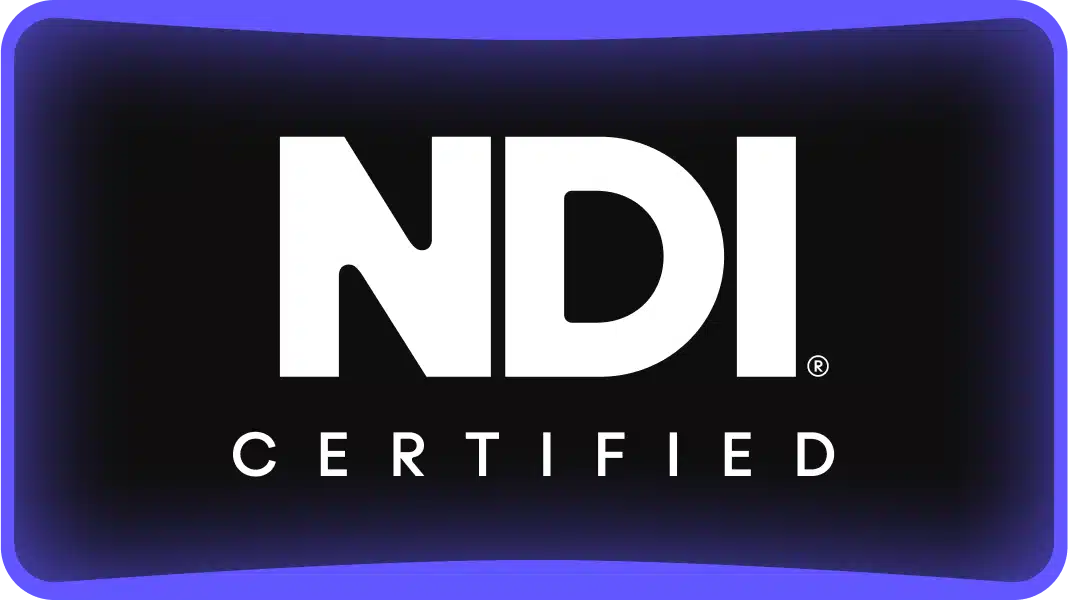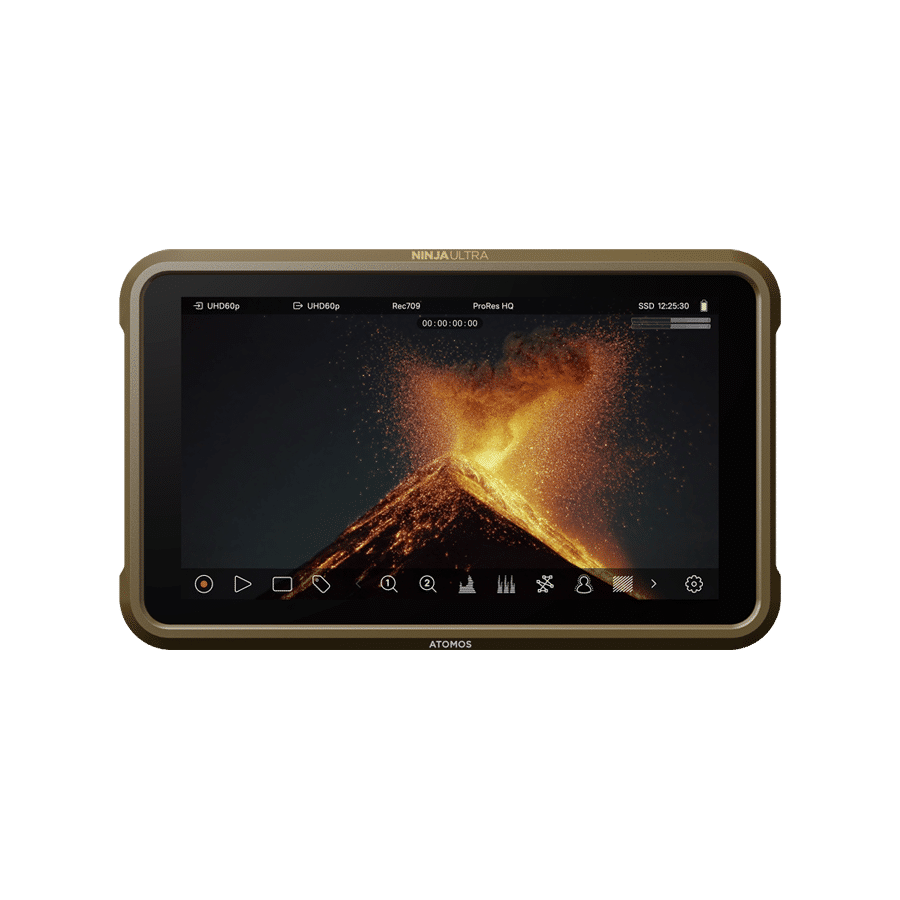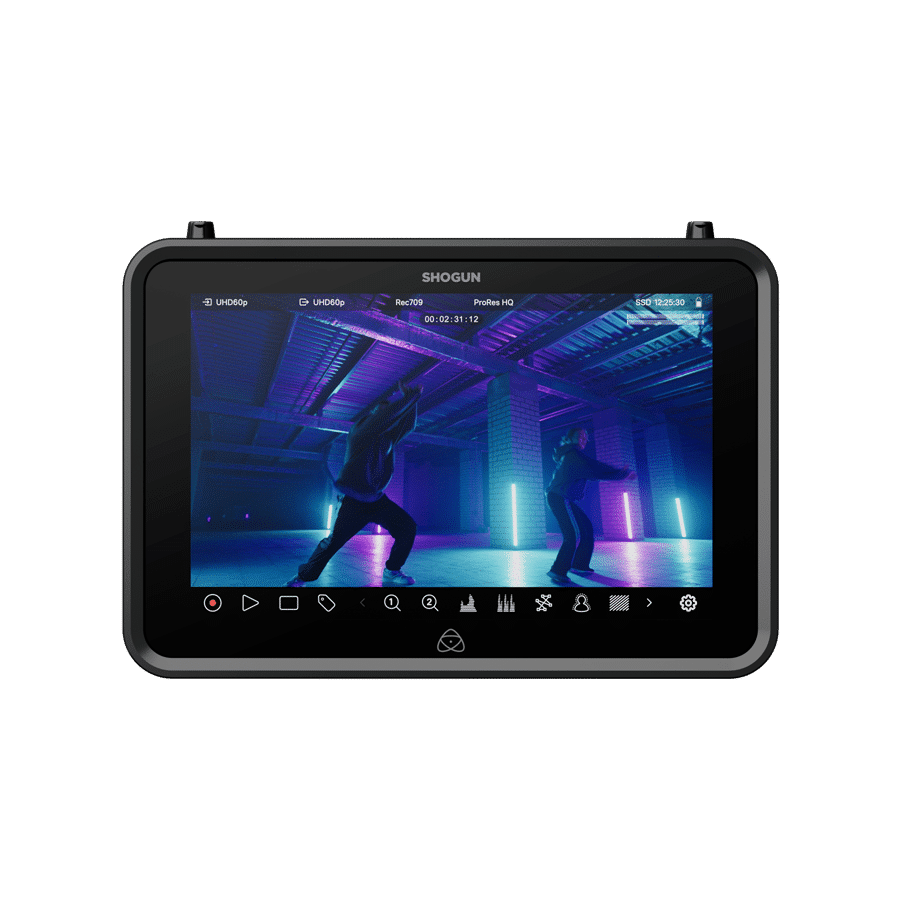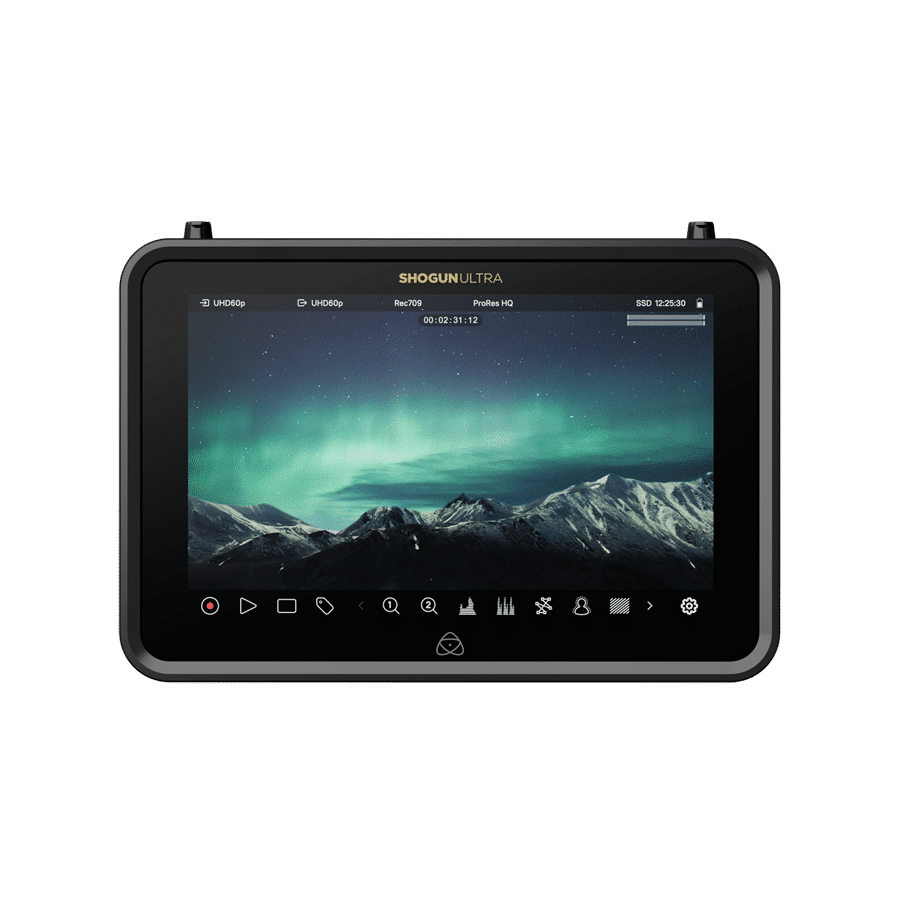NDI on the go
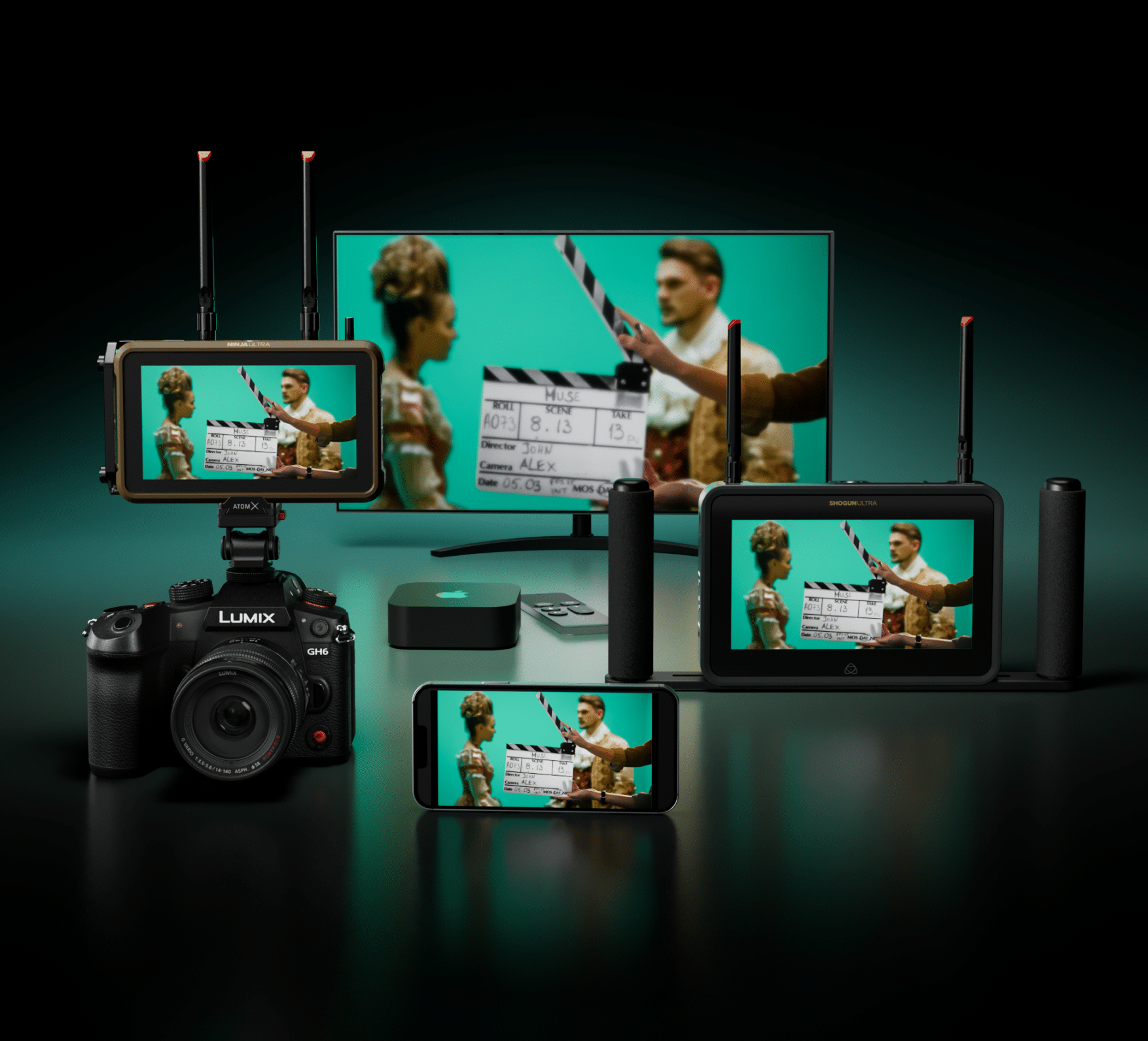
SEND & RECIEVE
NDI (Network Device Interface) makes sending and receiving high-quality video a standard part of any suitable network
What is NDI?
NDI stands for Network Device Interface, a video connectivity standard that enables multimedia systems to identify and communicate with one another over IP and to encode, transmit, and receive high-quality, low latency, frame-accurate video and audio, and exchange metadata in real-time.
The standard operates bi-directionally, with multiple streams on a shared connection. Its encoding algorithm is resolution and frame-rate-independent, supporting 4K UHD resolutions and beyond, along with unlimited floating-point audio channels and custom metadata.
NDI is easy to use and configure. Sources and destinations appear automatically in menus, and any NDI source can connect to any NDI device on the same network.

Atomos and NDI
Atomos provides solutions for both wireless and wired NDI transmission (TX) and receiving (RX), in either HD or 4K UHD. With the introduction of AtomOS 11.11.00 for the Ninja and Shogun series, both modes are supported for NDI6 HX3.
Anyone using any Atomos connected device, which includes any Ninja, Ninja V, Ninja V+ or Ninja Ultra fitted with Atomos Connect, Shogun, Shogun Connect or Shogun Ultra, can purchase the HD NDI HX3 TX/RX firmware option for $/€ 99 from my.atomos.com.
Customers who previously purchased the NDI Option for their connected Ninja or Shogun (either HD or 4K version) receive the update for free, and only need to install AtomOS 11.11.00 firmware, which can be downloaded from Atomos Support.
What’s new with NDI6?
With NDI6, video looks more life-like than ever, with the addition of HDR and 10-bit color depth. Higher contrast is made possible with expanded brightness headroom for spectral highlight detail and stunning contrast levels. NDI6 supports PQ and HLG formats, streaming accurately to most HDR and non-HDR devices.
The wide color gamut – up to 16 bits per color channel – enables over a billion color combinations, with minimal color banding. The 10+ bit color depth also extends to the alpha channel, controlling transparency and allowing for more nuanced and accurate compositing of elements.
KEY BENEFITS
Atomos monitor-recorders and the NDI workflow
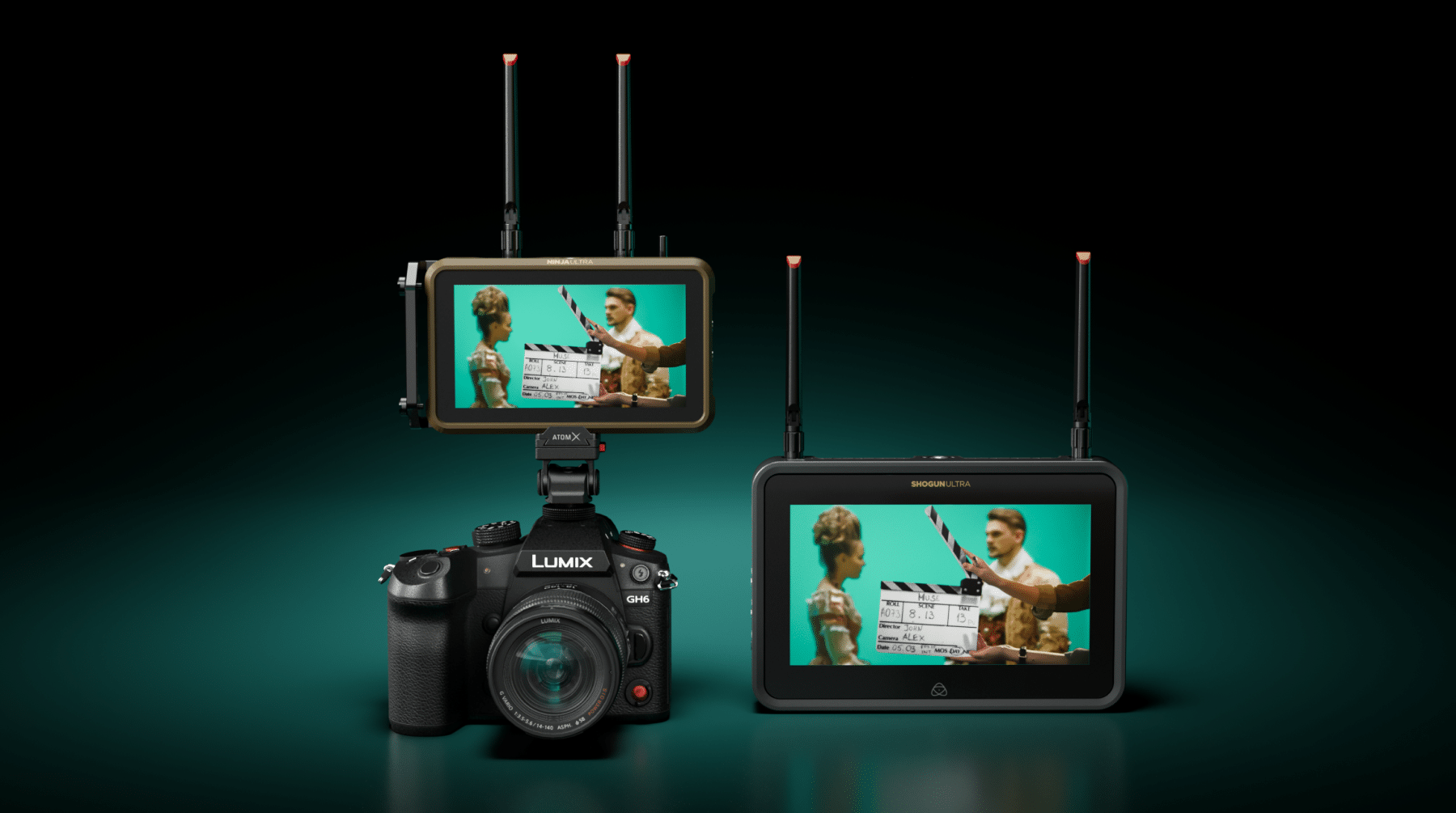
Versatility
An Atomos monitor-recorder in an NDI environment can be utilized in a variety of different ways, for example:
- As an NDI encoder or decoder
- As a confidence monitor
- As a visual signal tester
- To connect to the cloud using SRT
- Used as a hot back-up, primed with RTMP information
- Convert from HDMI to SDI and vice versa
(Shogun only)
Mobility
Video sources in an NDI environment are typically fixed installations, for example PTZ cameras. Using a connected Atomos Ninja or Shogun monitor-recorder allows you to turn any DSLR/mirrorless camera, or camcorder, into an NDI source. Both devices can be battery powered and connected via Ethernet cable or wirelessly, for complete freedom of movement.
Productivity
Atomos devices provide high-quality monitoring with advanced features like waveform, focus peaking, and color correction tools, ensuring precise control over video output. This enhances real-time monitoring in an NDI workflow, especially in multi-camera setups or live broadcasting, allowing operators to visually monitor streams and make adjustments on the fly.
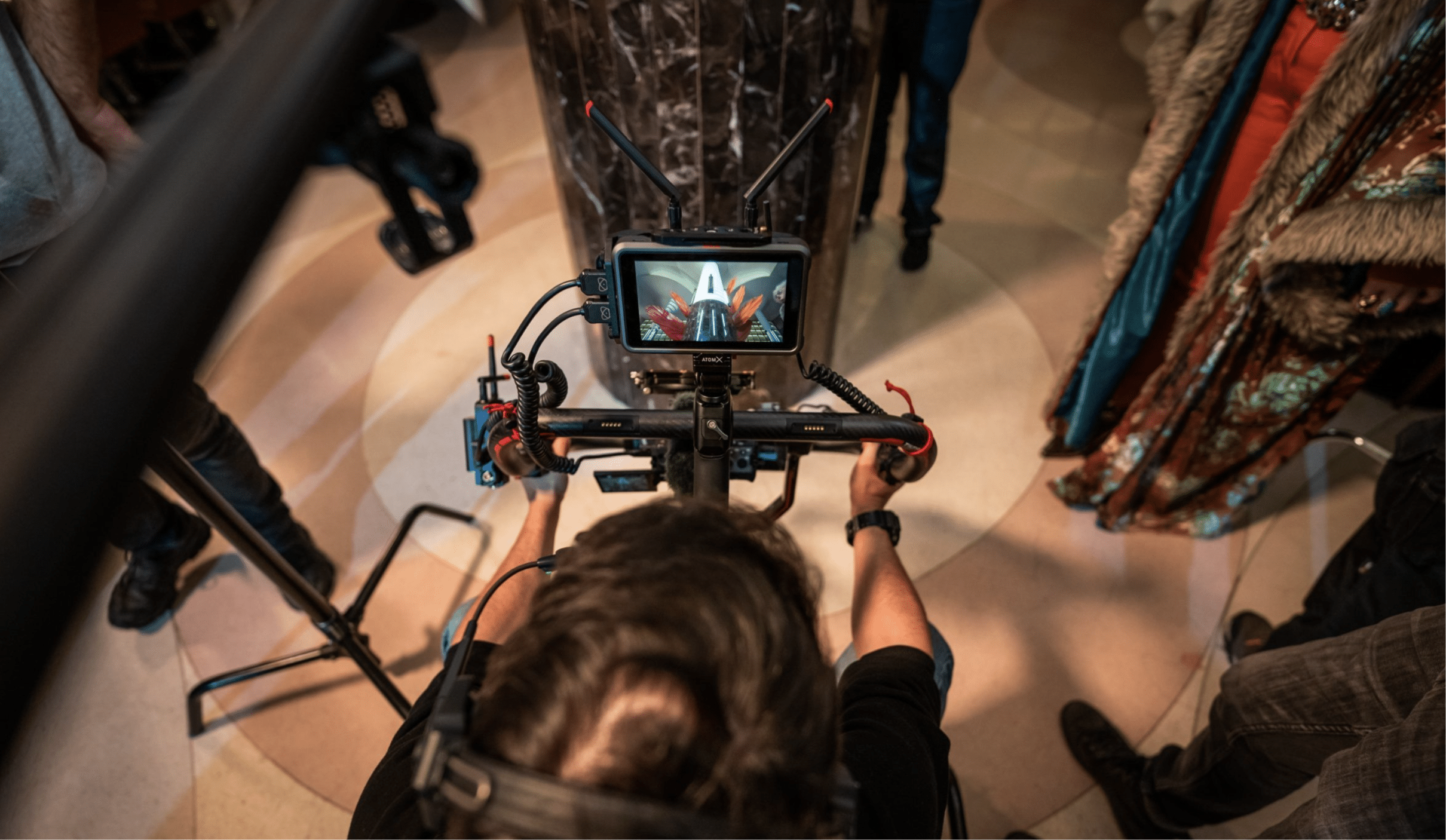
Key Features
Atomos & NDI6 HX3
Transmit
Transmit UHD or HD video over any Wi-Fi or Ethernet network using the NDI protocol
Receive
Receive UHD or HD NDI over any Wi-Fi or Ethernet network using the NDI protocol
Group
Device can be part of different Groups, in Send or Receive mode
Multicast
Supports multicast-based video sources using UDP with forward error correction
Monitor
Monitor the input on the Atomos HDR screen
10-bit H.265
Supports H.265 10-bit NDI send & receive for High Dynamic Range (HDR) video
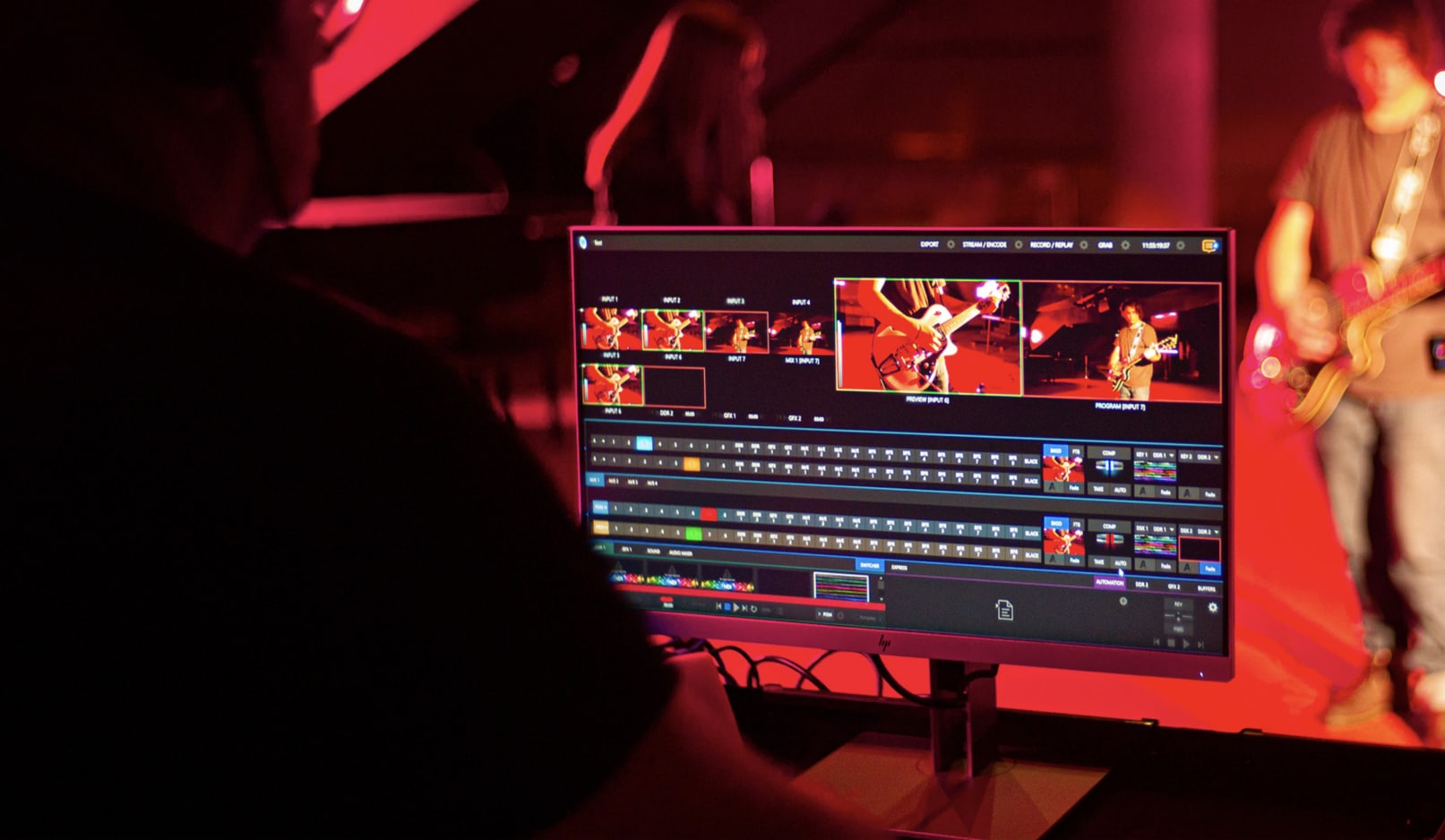
NDI DEBUNKED
Common misconceptions
Requires expensive hardware
NDI is designed to work over standard IP networks and often uses existing infrastructure, like computers and regular Ethernet switches, making it accessible without costly upgrades.
Only works on high-speed networks
While it does benefit from faster connections, NDI is highly adaptable and can operate efficiently on regular gigabit Ethernet or even slower networks with compressed versions like NDI HX3.
Is difficult to install
NDI is designed to be ‘plug-and-play’ in local networks, automatically detecting devices and streams without needing intricate setups. It’s as easy as selecting sources and destinations from a menu.
Has high latency
NDI’s encoding algorithms are so efficient that all NDI processing is completed in a tiny fraction of a frame interval. There’s no discernible latency, even on a big network. Working with NDI is just like working with SDI, but easier and more flexible.
NDI is proprietary
The technology is owned by NewTek, but it is free for anyone to use with a fully documented API. As a business, NewTek is motivated not only to maintain and develop NDI in an organized way but to be transparent, so that it can encourage and support third-party users.
Doesn't support high-resolution video
NDI fully supports high-resolution formats, including 4K and even 8K video streams, depending on network capacity and hardware.
Can not be used wirelessly
While bandwidth and reliability may be more challenging over Wi-Fi, it is feasible, especially with NDI HX3, which is optimized for lower bandwidth. Atomos network-connected devices support NDI TX and RX over Wi-Fi.
Uses too much bandwidth
While full NDI can use significant bandwidth (around 100-150 Mbps for 1080p video), NDI HX3 compresses streams, reducing the load to manageable levels (as low as 10 Mbps).
Not compatible with SDI and HDMI
Many converters and devices – including Atomos monitor-recorders – can easily bridge between NDI, SDI, and HDMI, allowing hybrid setups without any major obstacles.
Is only for video streaming
NDI also handles audio, metadata, and even control data, making it a versatile protocol for managing entire production environments, including tally lights, PTZ camera controls, and more.
